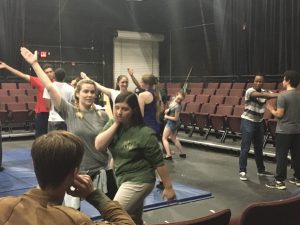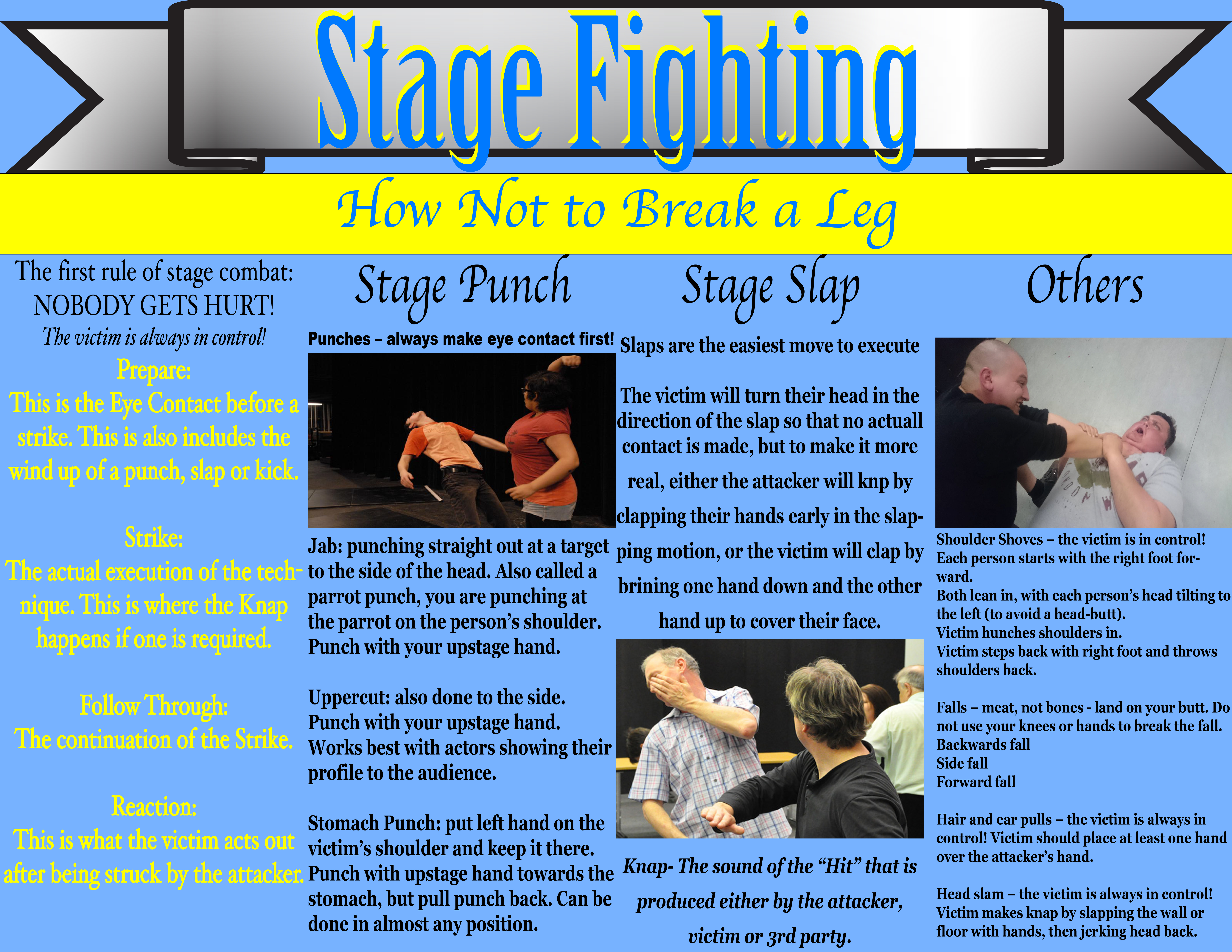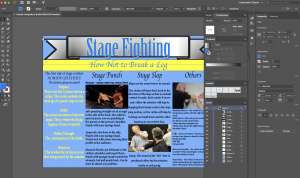Intro to Explorations
The explorations project is about students finding a skill they want to learn or improve on. Weather you want to produce a fight scene or an animatic it has to be something new to you, and you should be able to teach this skill during your presentation. One of the main focuses of the explorations project is developing “21st Century Skills” which include:
- Visual Literacy – the ability to interpret, use, appreciate, and create images and video using both conventional and 21st century media in ways that advance thinking, decision making, communication, and learning.
- Technological Literacy – knowledge about what technology is, how it works, what purposes it can serve, and how it can be used efficiently and effectively to achieve specific goals.
- Creativity – the act of bringing something into existence that is genuinely new, original, and of value either personally (of significance only to the individual or organization) or culturally (adds significantly to a domain of culture as recognized by experts).
- Self Direction – the ability to set goals related to learning, plan for the achievement of those goals, independently manage time and effort, and independently assess the quality of learning and any products that result from the learning experience.
- High Productivity – the ability to produce intellectual, informational, or material products that serve authentic purposes and occur as a result of students using real-world tools to solve or communicate about real-world problems. These products include persuasive communications in any media (print, video, the Web, verbal presentation), synthesis of resources into more useable forms (databases, graphics, simulations), or refinement of questions that build upon what is known to advance one’s own and others’ understanding.
- Teaming and Collaboration – cooperative interaction between two or more individuals working together to solve problems, create novel products, or learn and master content.
- Social and Civic Responsibility – the ability to manage technology and govern its use in a way that promotes public good and protects society, the environment, and democratic ideals.
- Risk Taking – the willingness to make mistakes, advocate unconventional or unpopular positions, or tackle extremely challenging problems without obvious solutions, such that one’s personal growth, integrity, or accomplishments are enhanced.
Production
The skill I chose to learn was stage combat.
If I gave you the choice to either be slapped in the face with the amount of force necessary for it to be heard by the nosebleed seats or not, you’d be quick to choose the latter. Not surprisingly most professional actors make the same choice. Stage combat is a skill that can increase realism and decrease injuries in your production. I’ve noticed a popular explorations topic among juniors is fight scenes, and as important as it is to “get the shot” I’ve had trouble in the past trying to get actors to actually fight and hurt each other.

I attended a few different stage combat workshops in orders to learn different stage fighting techniques including slaps, punches, kicks, grabs, chokes, falls, and rolls.
Infographic
Another part of the project was producing an infographic about our subject in order to summarize important information in a way that visually engages to the viewer.


Final Product
ARVE Error: Mode: lazyload not available (ARVE Pro not active?), switching to normal modeReflection
I feel like this skill will definitely come in handy in the future. If I ever need to choreograph a fight scene for one of my films, I’m glad I know the basics of staged combat. I also highly value now having the ability to teach this skill to any actors or crew I may work with in the future.